October 29, 2025
Data Shows Endangered Palau Ground Doves Swiftly Recovering After Successful Palauan Island Conservation Effort
Astounding evidence of recovery on Ulong Island in Palau after just one year!
Published on
March 31, 2017
Written by
Emily Heber
Photo credit
Emily Heber
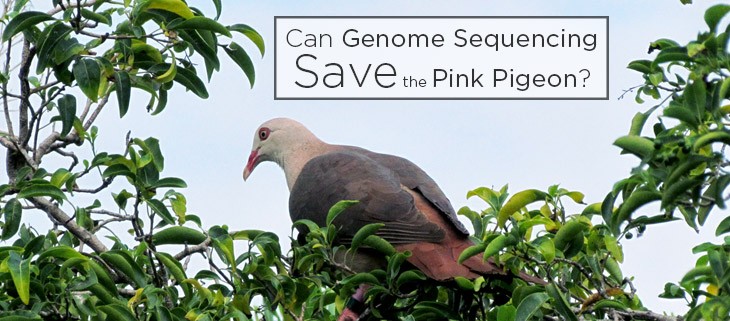
The Pink Pigeon (Nesoenas mayeri) is an Endangered species on the Island of Mauritius in the Indian Ocean. The existence of the species is somewhat of a miracle considering that in the 1990’s its population fell to an alarming 10 individuals. Now the population hovers around 400, but the birds still face a number of threats.
While the sudden growth in population seems like a good thing, it had an unintended consequence. Increasing the population at such a rapid rate from only 10 individuals resulted in a population with low genetic variation. Low genetic variation can make species more vulnerable to threats.
The population faces threats of invasive species and a human introduced pathogen called Trichimonas gallinaeleaves, which is toxic to approximately 60% of Pink Pigeon offspring. The portion of the population that is not harmed appears to have some immunity to the pathogen.

Researchers at the Earlham institute and the University of East Anglia want the Pink Pigeon to be the first endangered bird species to have its genome sequenced. The belief is that by sequencing their genes, they can identify immune system genes that could protect them against the pathogen. The head of the campaign to sequence the Pink Pigeons genes commented:
Halting species extinction may be possible when the main cause of extinction has a genetic basis, particularly when genetic variation needed to supplement and rescue the species is still available in either the captive or wild populations. Our plan uses the pink pigeon to show how this can be achieved, creating a framework that could be easily transferred to other species across the world.
Sequencing the Pink Pigeon’s genome would give researchers more information to save the species from extinction. Pink Pigeons are an important part of the Mauritius island ecosystem–hopefully new research will help them thrive once again.
Featured photo: Pink Pigeon perching. Credit: Josh Noseworthy
Source:
Cambridge Network
Check out other journal entries we think you might be interested in.

October 29, 2025
Astounding evidence of recovery on Ulong Island in Palau after just one year!
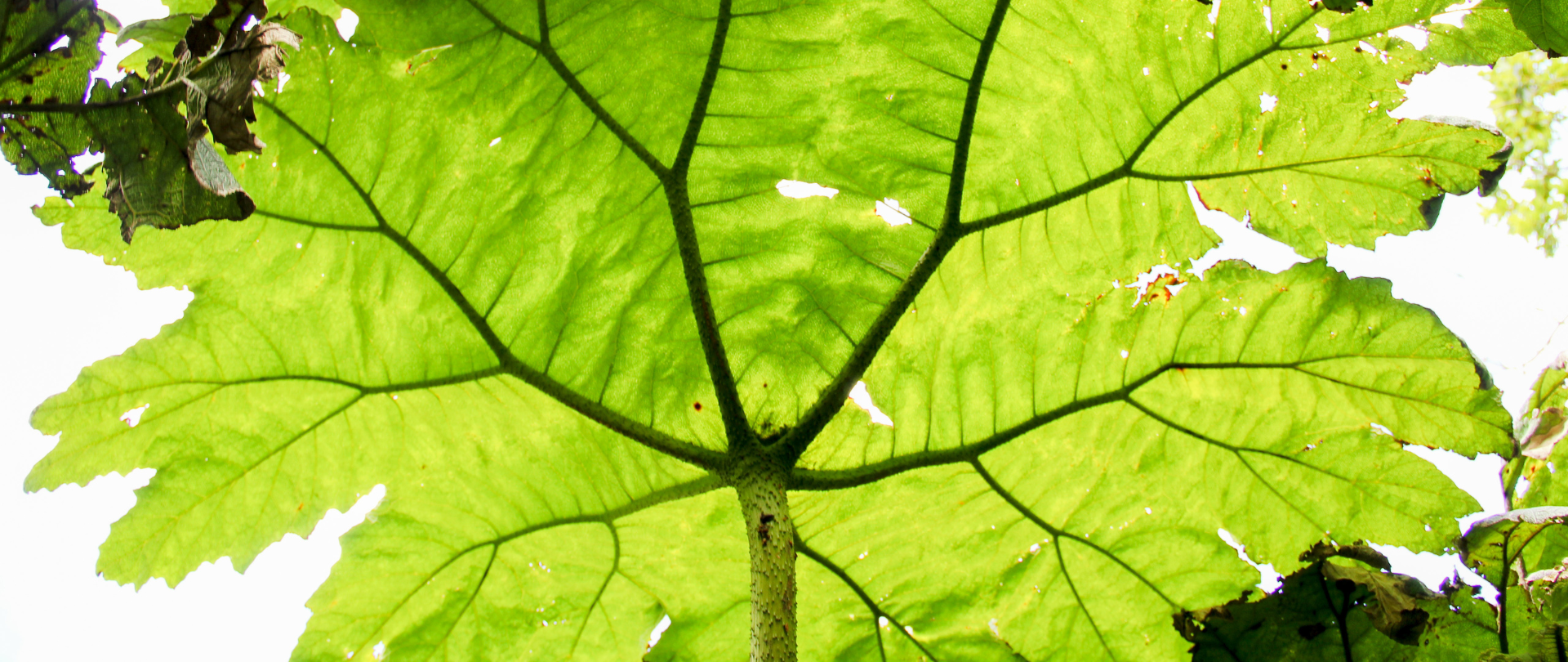
June 13, 2025
Our partner Conservation X Labs has joined the IOCC, committing to deploying transformative technology to protect island ecosystems!
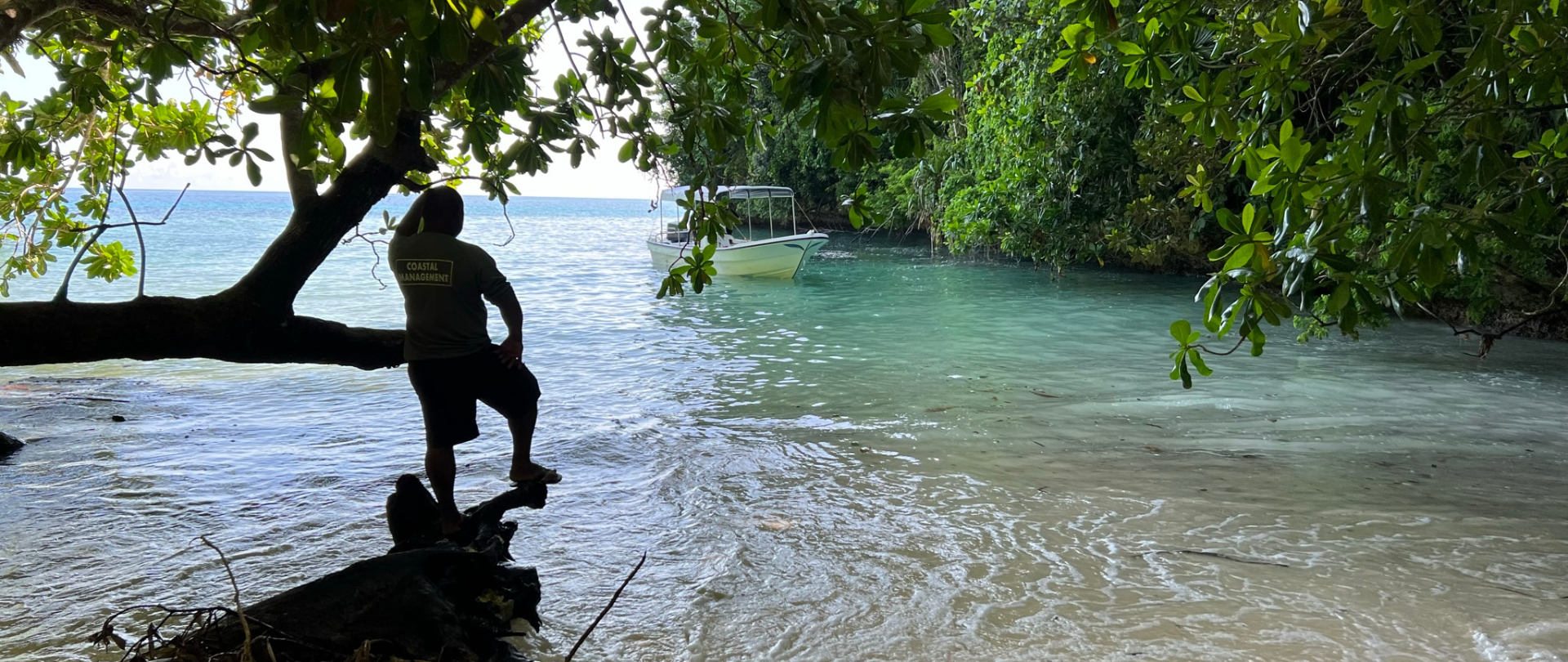
May 19, 2025
Read our position paper on The 3rd United Nations Ocean Conference (UNOC 3) to see why we're attending and what we aim to accomplish!
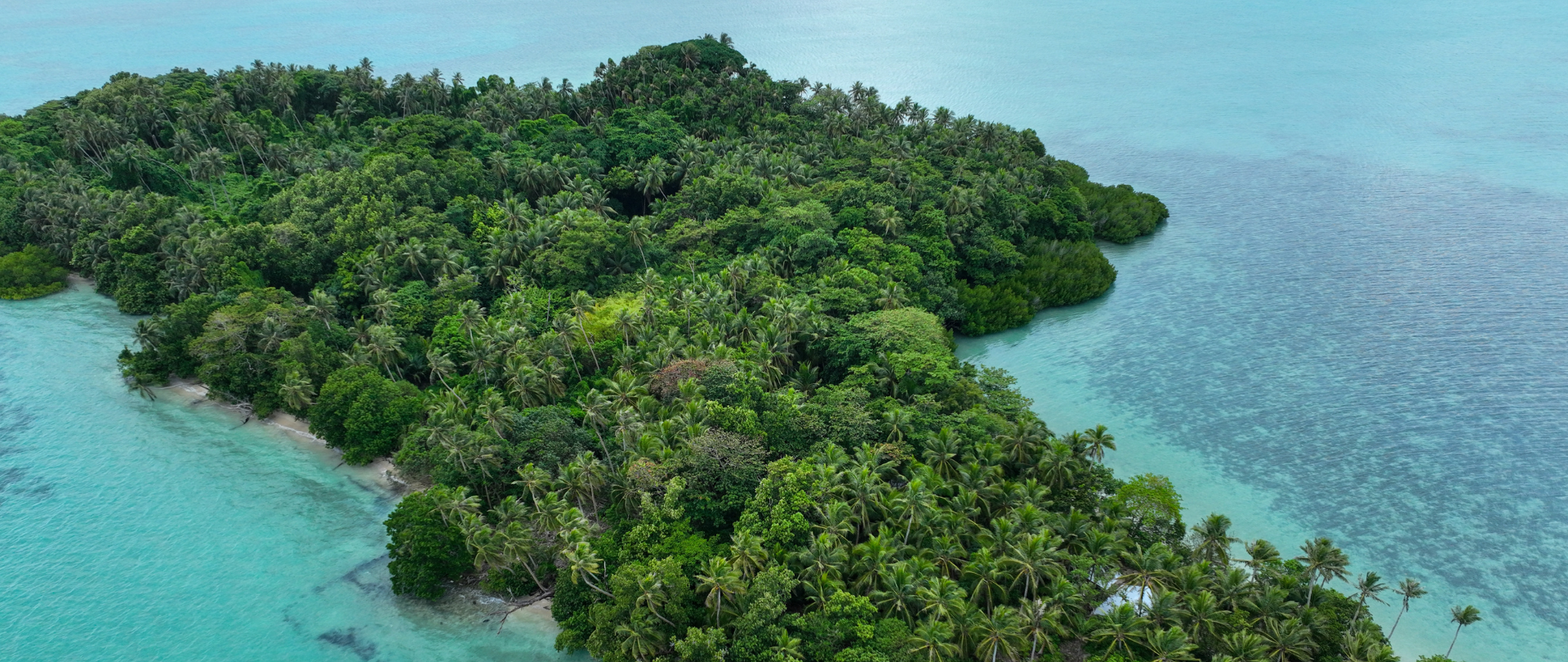
December 4, 2024
Ann Singeo, founder of our partner organization the Ebiil Society, shares her vision for a thriving Palau and a flourishing world of indigenous science!
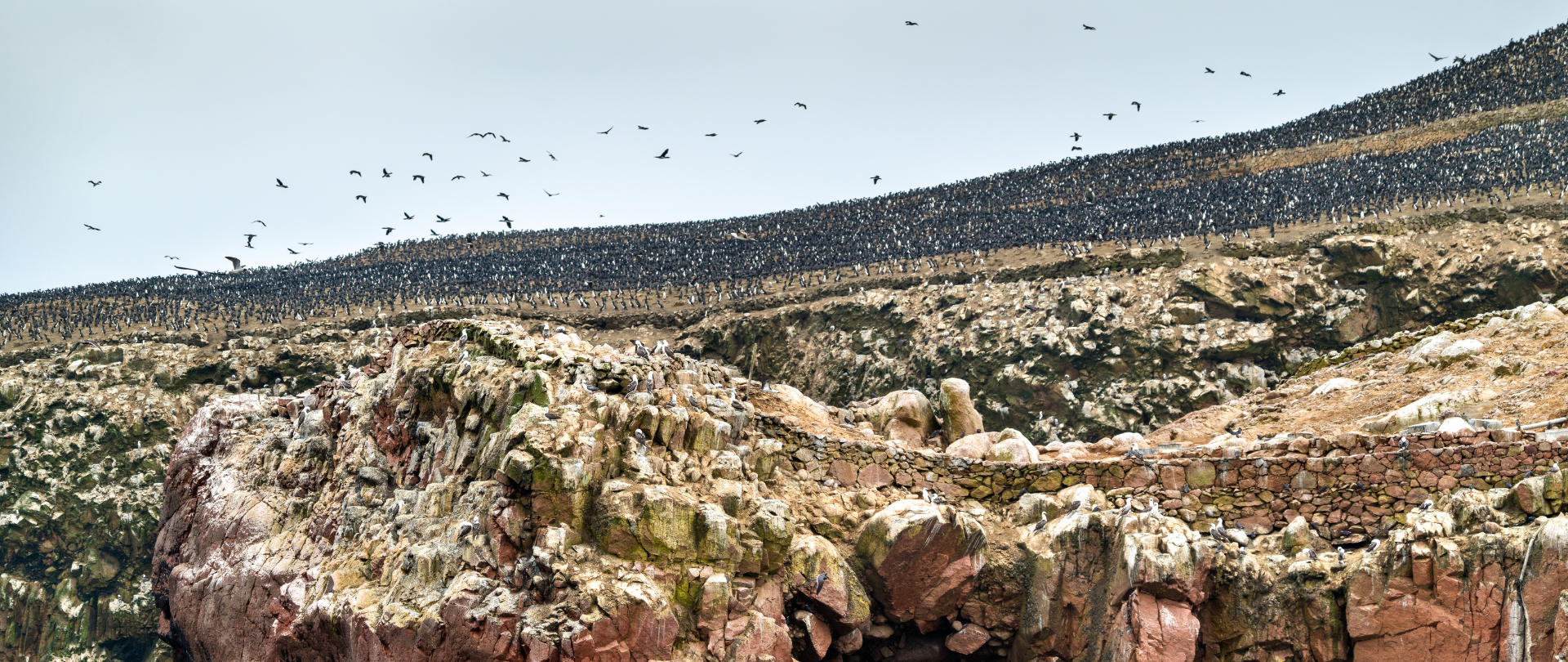
November 22, 2024
This historic agreement aims to protect the marine and coastal areas of the Southeast Pacific.
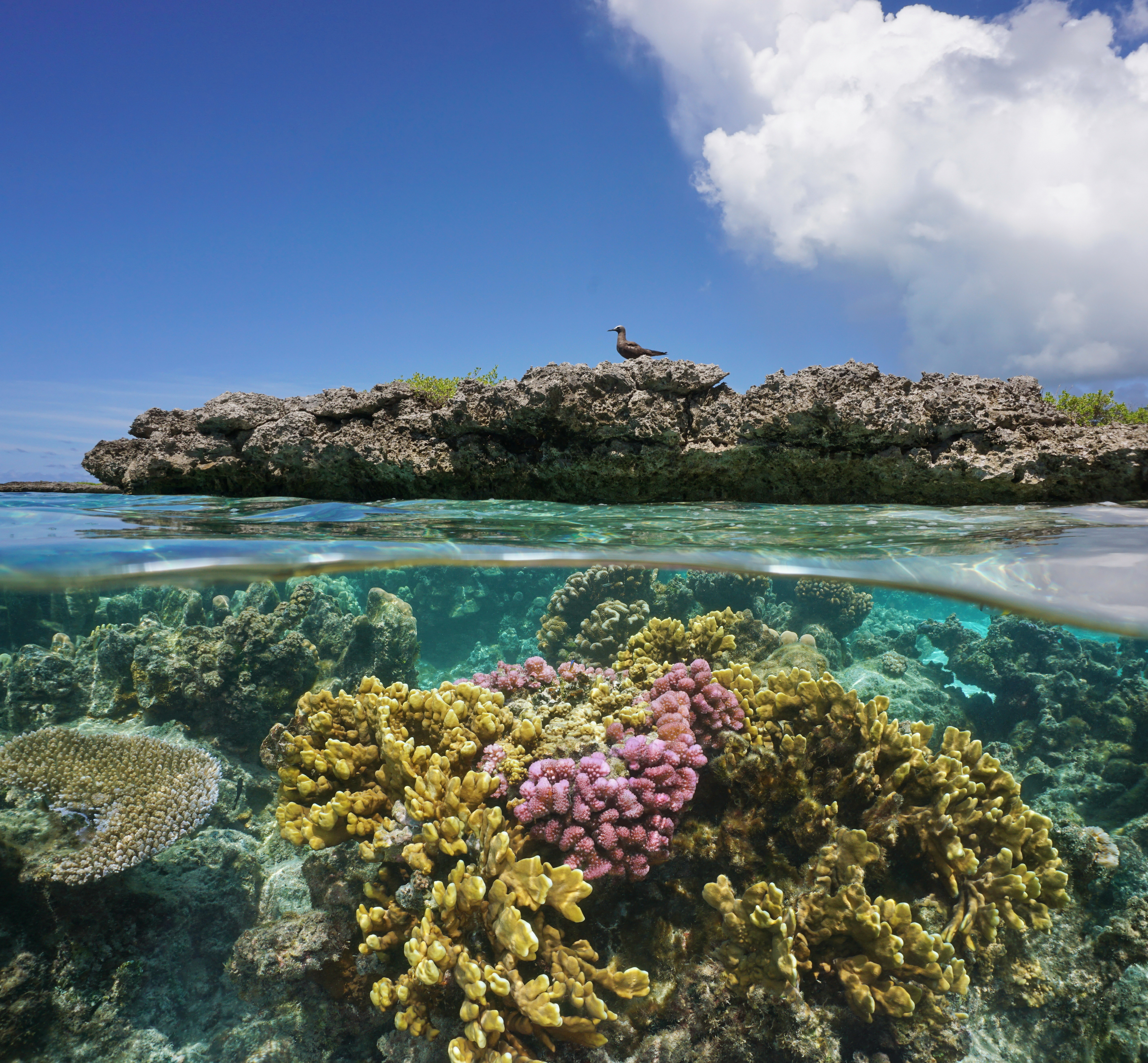
November 18, 2024
Our projects to restore key islets in Nukufetau Atoll forecast climate resilience and community benefits in Tuvalu!
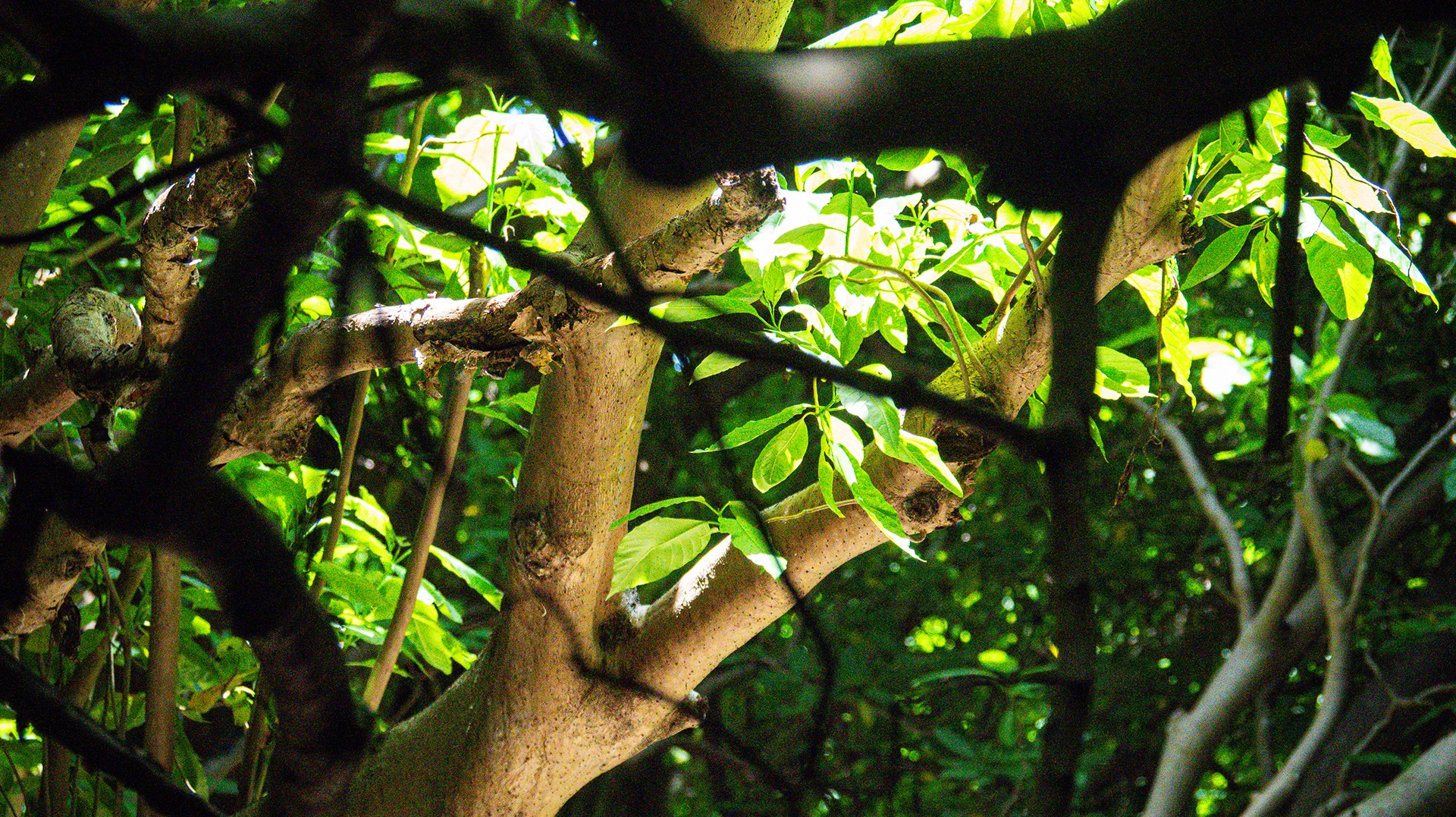
October 3, 2024
Island Conservation and partners have published a new paper quantifying ecosystem resilience on restored islands!
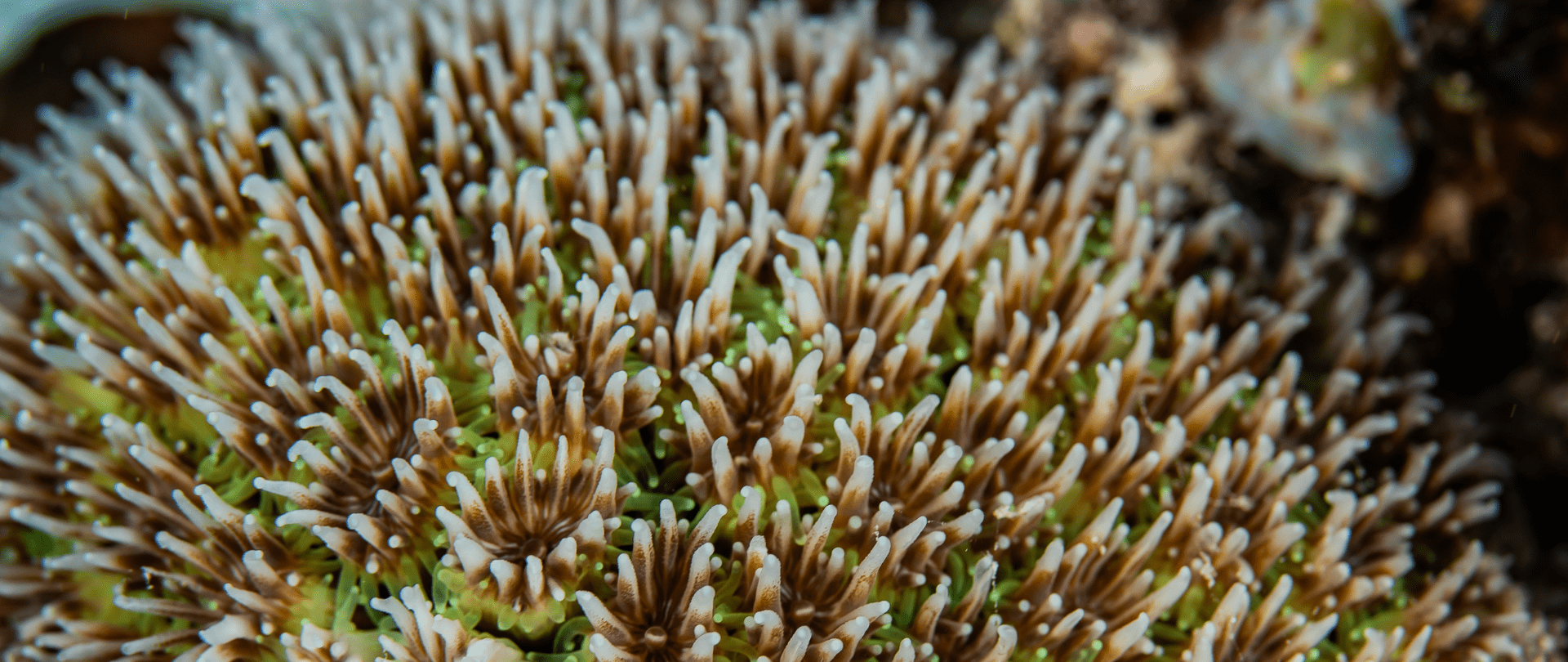
September 10, 2024
Climate Week NYC: what is it and why is it important? Read on to find out why Island Conservation is attending this amazing event!

September 5, 2024
With sea levels on the rise, how are the coastlines of islands transforming? Read on to find out how dynamic islands really are!

December 14, 2023
Join us in celebrating the most amazing sights from around the world by checking out these fantastic conservation photos!